We Ride Justin Cooper’s Monster Energy/Star Racing/Yamaha YZ250F!
Share
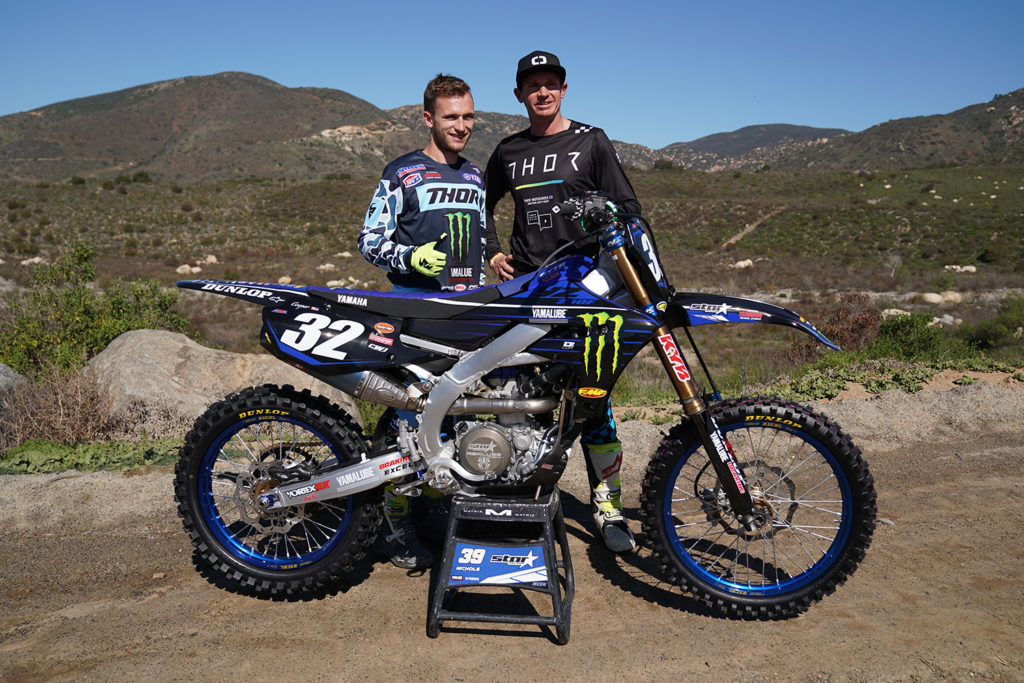
Monster Energy/Star Racing/Yamaha’s Justin Cooper and SML Senior Test Rider Pat Foster.
By Pat Foster
Photos by Donn Maeda
Video by Chase Curtis
**VIDEOS AT BOTTOM OF POST, BELOW PHOTO GALLERY**
As motocross fans, the chance to actually ride a factory bike is one of the most coveted opportunities we could ever ask for. Unfortunately for us, it doesn’t happen often, and quite frankly, why would it? Factory teams pour hundreds of man-hours into testing and development, searching for the slightest edge over the competition and any advantage gained would likely be kept as quiet as possible. Each piece on the bike is meticulously tested for not only performance but also durability. Most parts on a factory machine are replaced at strict intervals, and every minute that the bike has logged on it is recorded. That said, any time put on a bike of this caliber is expensive. It incurs wear to parts that have a limited life span and adds extensive work for the team mechanics tasked with maintaining the machines. There is really not a lot of upsides for the teams to let the media test their bikes, and we understand that. So, when team boss Brad Hoffman from the Monster Energy/Star Racing/Yamaha invited us out to test one of their bikes while Dylan Ferrandis and Justin Cooper were beginning their outdoor testing, we agreed with immeasurable enthusiasm.
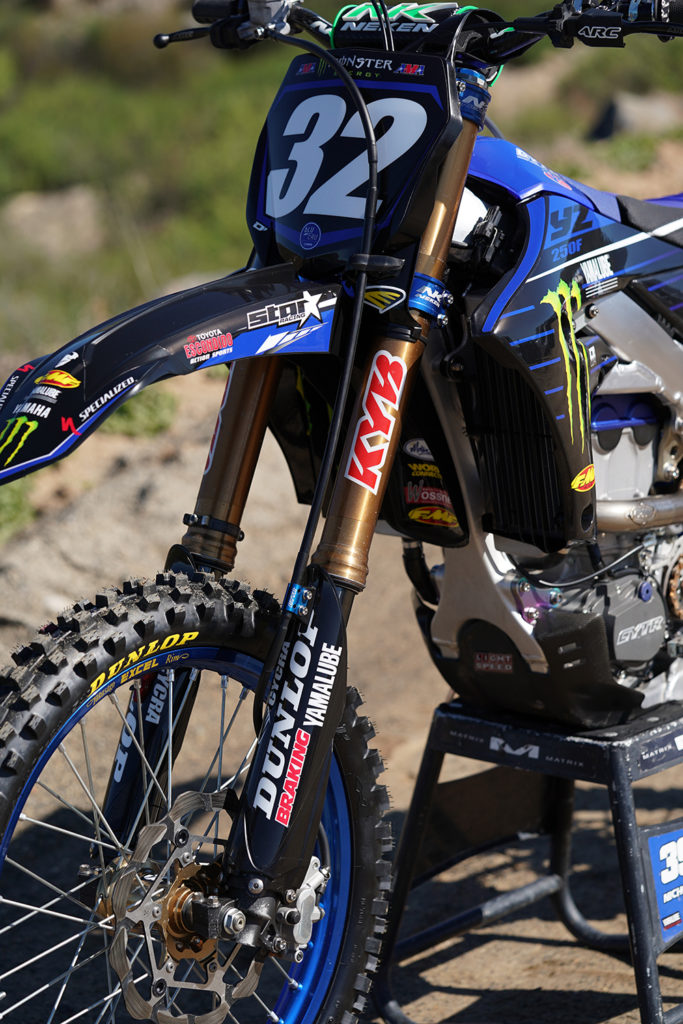
Factory Kayaba PSF1 air forks grace the front of all of the Monster Energy/Star Racing/Yamaha bikes. PSF1 utilizes air springs in both fork legs.
Let’s get right to it. The first thing I noticed when I got on the bike was that the suspension is stiff! Even with the outdoor settings installed in the fork and shock, there was very little movement as I bounced back and forth from the front end to the rear end. The rebound damping in the rear was extremely slow. The back of the bike had a very dead feeling. Even though we set the sag at a relatively high 102mm of sag, the front end felt high like a chopper. The mechanics were gracious enough to offer to adjust the ride height for me (usually when you ride a factory bike you don’t have the option of adjustments – you ride it as the rider does) but I wanted to keep the bike organic and adjust my style to it, rather than the other way around.
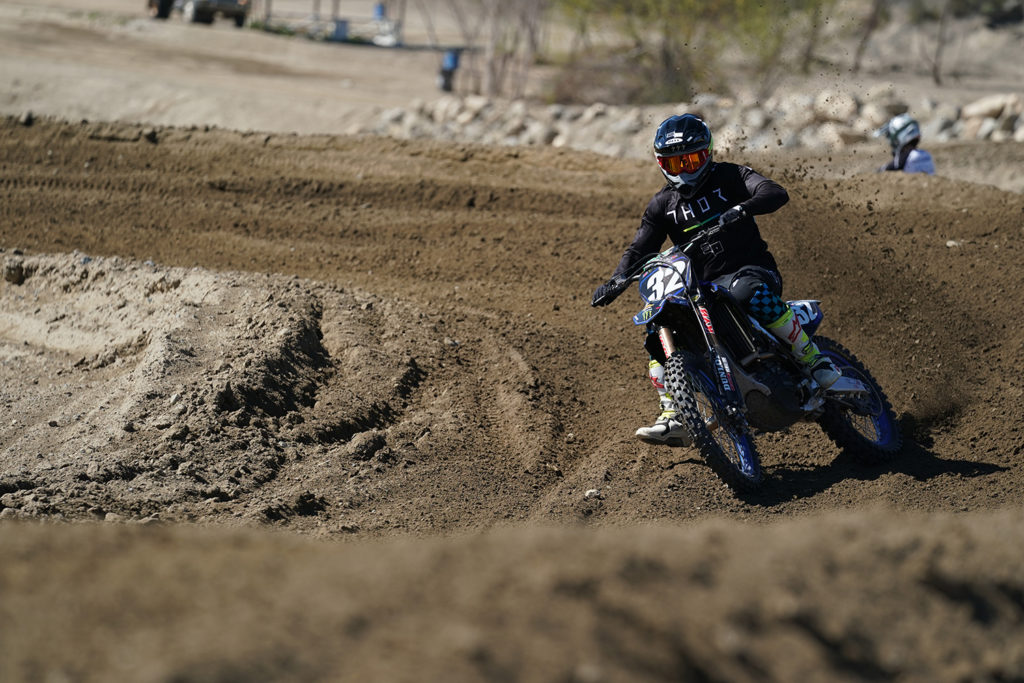
Foster felt that the stiff, yet compliant suspension kept both wheels firmly planted on the ground and clawing for traction.
The stiff suspension with extremely slow rebound did not surprise me at all as this is fairly typical of a factory bike. Generally, the faster the rider is, the stiffer the suspension needs to be to handle the brute force these guys are hitting obstacles with. What did surprise me, however, was how smooth the initial few inches of fork travel were. Usually, suspension components that are set up that firmly are stiff throughout the stroke and have a jackhammer effect in the small chop. Once I got onto the track, I was amazed at how comfortable the forks were on the small bumps; the first few inches of travel were extremely plush! However, the suspension action gets progressive in a hurry and things get firm about a quarter of the way into the stroke. It isn’t harsh, but it gets substantial quickly, which is likely why the bike felt high in the front end. Although it took some getting used to, the stiff front end was so confidence-inspiring. It allowed me to charge over the front end of the bike and attack jump faces with no concern of bottoming out. It also kept the bike low in the air, making scrubbing really effective as the bike did not want to rebound off jump faces. Once again, the stiff settings eliminated any concern about harsh bottoming sensations from jumping too far, or coming up short – the bike soaked up every hit like it wasn’t even there.
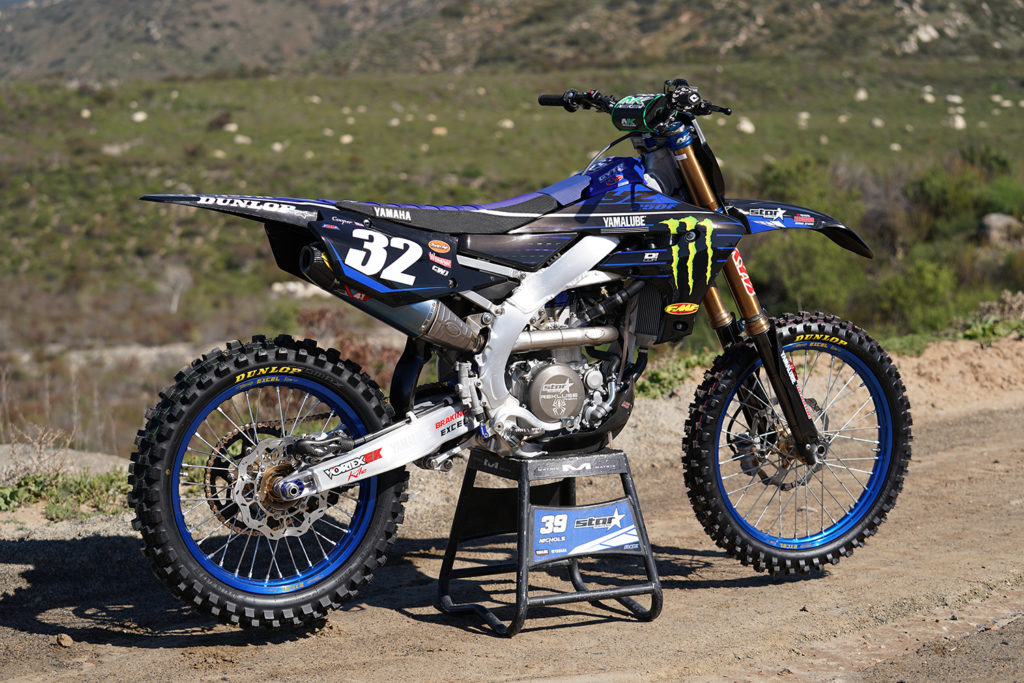
All of the Monster Energy/Star Racing/Yamaha race bikes are absolute works of art.
While the rear-end also was stiff while sitting in the pits, it was amazingly plush on the track. Both ends stayed extremely connected to the track surface, which created a feeling I didn’t expect. I thought that the factory KYB suspension would float over most bumps and chop making it feel as if it were not there…but that was not the case at all. Rather, it stayed so well connected to the track that you actually “feel” every bump. Where stock suspension may skip and hop over certain bumps, the factory suspension stays tight to the surface. The difference is, the stock suspension reacts significantly more, making chop feel much more violent than the factory components that are set to absorb those hits. So, while you actually feel more of the track surface, it feels intuitive to aggressive riding rather than reactionary.
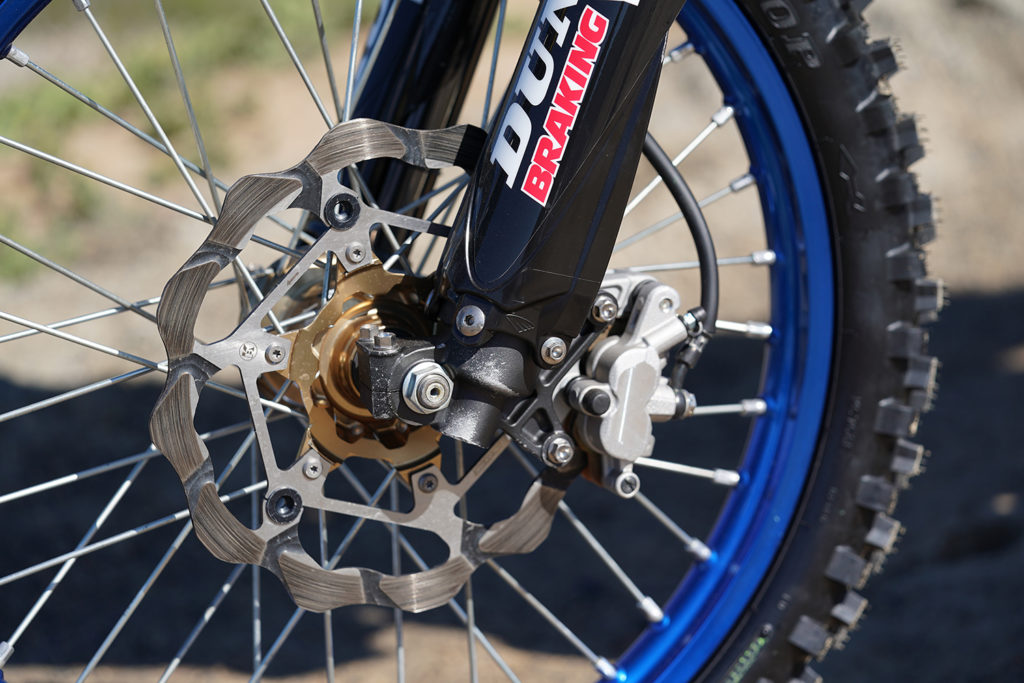
The power of the Braking brake components was amazing, with great feel and modulation at the lever and pedal.
Not only is the suspension key in keeping power to the ground (which I will cover shortly) it is also integral in magnifying the already amazing braking power. As I mentioned, the wheels on both ends of the bike keep much better contact with the track allowing the tires to really dig in under heavy braking where the stock bike may bounce and hop losing contact with the track 5-10 feet at a time, and in effect losing valuable braking surface. Regardless of the suspension though, the brakes are impressive. The feel at the lever was surprisingly controlled, but much like the fork, the actuation progressed quickly. The feel was so solid. The rear brake offered a similar action; good feel initially with strong power. I did notice that the brake pedal height was higher than I would have set for myself, but I got used to it quickly, although it did command a deliberate lift of the toes to hit the brake.
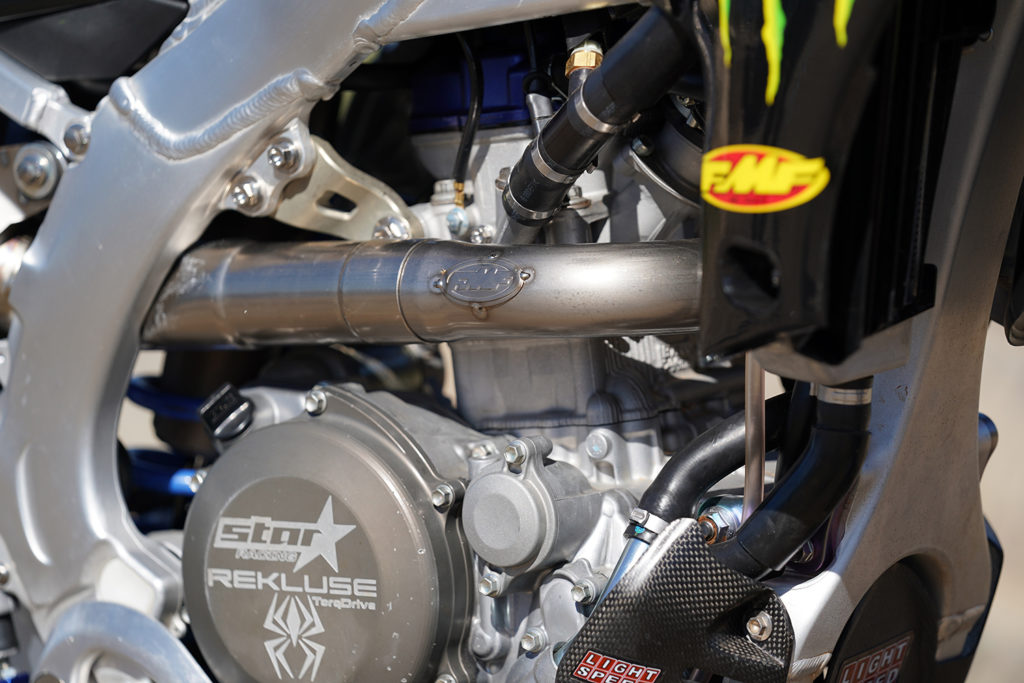
The Monster Energy/Star Racing/Yamaha YZ250F engines are built in house by Jeremy Coker and Brad Hoffman. FMF Racing supplies custom-built exhausts. Though some team riders utilize a Rekluse auto clutch, Cooper prefers a Rekluse Core Manual Torq Drive system.
To be honest, the engine of the Star Racing Yamaha surprised me the most. The stock Yamaha is already a powerhouse with what I would consider the most effective 250F power delivery; mixing a strong blend of low-end punch, strong mid-range, and respectable top-end. I had assumed that the factory powerplant would likely offer more usable torque down low, similar to a 350 delivery, but I was wrong! This motor does not want to be lugged at all. In fact, I went through a few turns trying to carry third gear early in my session and the bike fell on its face rather quickly. It isn’t a torquey engine; it wants to be revved, and revved hard! Second gear explodes out of the corners, significantly harder than even the stock bike which I consider the class leader. It is as if the rear wheel is directly connected to your wrist with absolutely no hesitation. The bike is so responsive. The power hits hard and never stops! It pulled so quickly and built revs so effectively that I would often shift rather early to third which worked great, however, I quickly found that I did not need to shift that quickly at all. The bike pulled so hard into the top-end that even if I left it in a lower gear long beyond a typical shift pattern, it would keep on pulling! I could not find the rev limiter and it never flattened out. So, while I would generally think of a smooth/torquey bike as being easy to ride, the factory Yamaha power was easy to ride in its own right. It demanded to be revved hard but was also extremely forgiving no matter what the shift pattern was. There were literally no holes in the power curve, offering a screaming pull from the bottom through the top-end, with considerably more top than the stock Yamaha. Like I said earlier, it never flattened out.
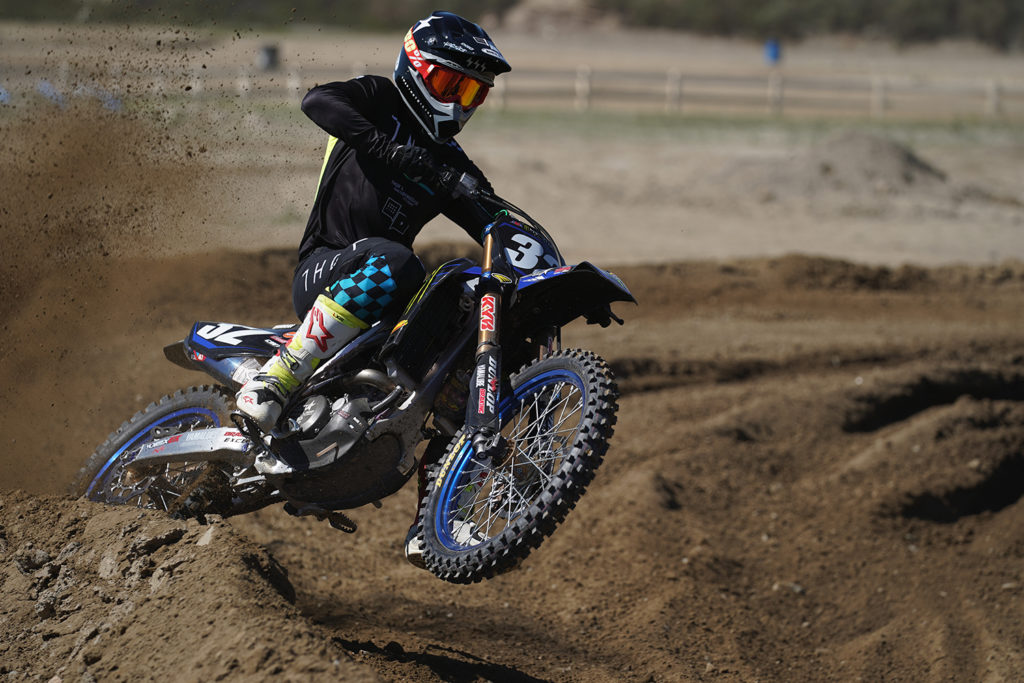
Cooper’s bike has plenty of power on tap, but it loves to be revved to the moon.
Many would think – myself included – that a factory bike would be easier to ride than a stock bike, but to be honest, I don’t know if that is the case. Every aspect of the Monster Energy/Star Racing/Yamaha can best be described as super responsive. The power, the suspension, the clutch, the brakes, the handling…everything happens immediately. The bike commands total focus and control because even the slightest input causes the bike to respond. There is no ‘’slack” in the performance, everything is tight and immediate. If you are charging, aggressive and ready, the bike is amazing. However, if you are not 100% focused, the bike can certainly be a handful and will try to get away from you.
At the end of the day (yes, they let us ride all day rather than putting a tight time constraint on us – super cool) we came away in awe at the level of detail the team has put into their bikes. Every aspect of the machine emphasizes performance and durability. Was it everything we had hoped for? It was all that and more. We can’t thank the guys from Monster Energy/Star Racing/Yamaha enough – these are the days we all dream about. Thank you!














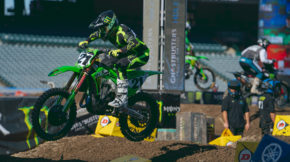
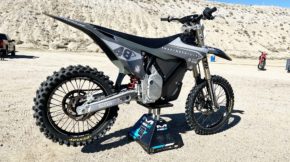
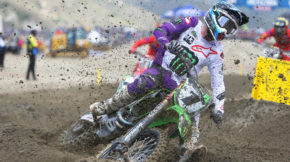
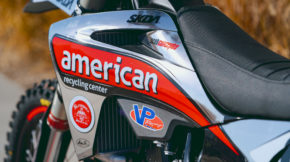
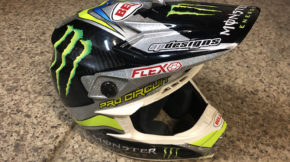
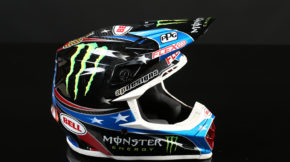
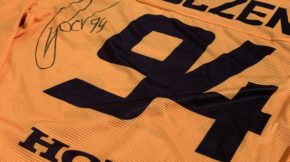
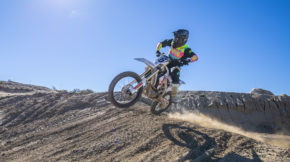
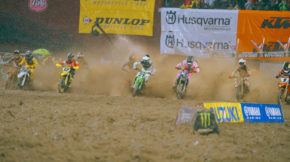
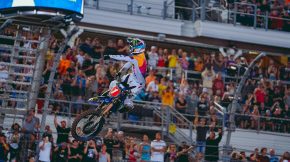
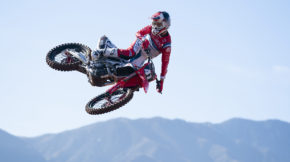
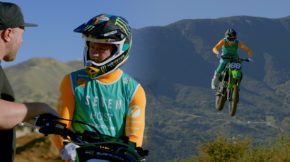
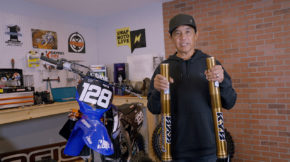
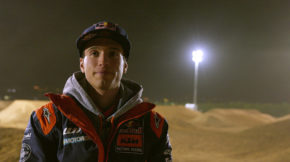
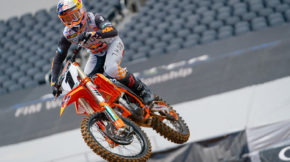
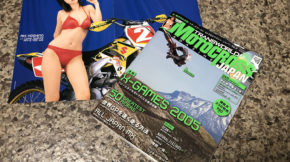
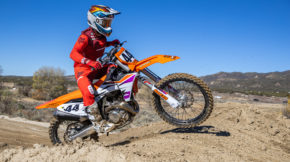
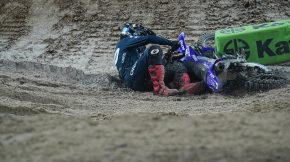
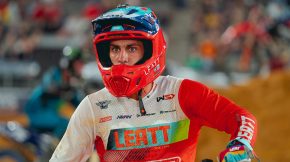
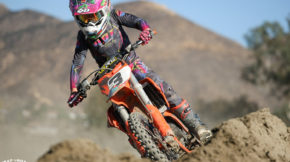
R.I.P PulpMX’s chances of riding this bike. *F— Will Hahn.*
Not buying the fact that they had “no idea” that this test had been set up with PulpMX for months.. Kind of a shitty move!
What Ecu are they running? I seen in the video they Are using the stock map switch.
Brad, you suck!
lame, lame lame. Lost respect for SML after this. I am now exclusively #pulpnation
Could you please pass on to Brad that pulp fans want to hurl objects at him. Keep up the good work though you guys, good to see you back arguably better than the Transworld days!